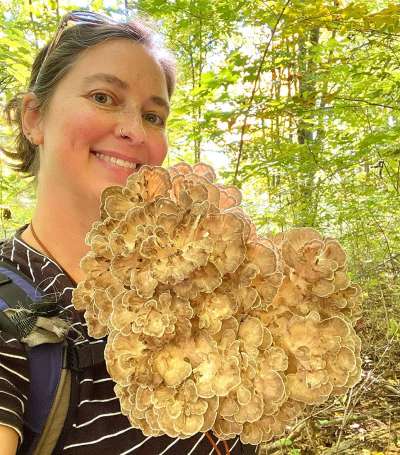
Photographer Meg Madden grew up in Vermont and learned how to identify trees and the local fauna from her neighbor, a retired agronomy professor who took her on nature walks. When the pandemic hit, Madden and her young daughter started walking in their nearby town forest, where Madden began noticing the local fungi. Her fascination with fungi grew, and before too long Madden found herself embracing a new role as mycology educator. Now, Madden is leading walks, talks, and webinars, working to build a community of fungi enthusiasts on the iNaturalist app, and collecting data for a statewide fungi atlas for Vermont.
“I noticed the fungi first for artistic purposes, and started posting photos on Instagram. Then I became curious about the diversity I was seeing, and I started looking them up,” she said. “I’m drawn to color and texture, so anything that catches my eye on my walks becomes a subject.”
Early in her explorations, she began using the iNaturalist app in earnest; iNaturalist has allowed Madden both to learn more about fungi and also to connect with people. Her Instagram posts and iNaturalist recordings soon attracted a following.
Through her photographs, Madden first captivates, then educates. “The mushroom photographs are the great packaging that draws people in, and then I put an interesting, digestible amount of information in each post, and that engages people to want to know more,” she said. She has also led walks and talks on fungal diversity with area conservation groups and is consulting with landowners involved with the Cold Hollow to Canada partnership.
“[Many] people are used to seeing grocery store mushrooms, but once their pace slows down, they start seeing fungi in great detail – I call it their mushroom eyes,” said Madden. “I was always interested in art photography and nature and education, and this is the first thing I’ve ever done that allows me to combine all of that. It’s very fulfilling, there’s a purpose to it.”
Madden’s efforts to develop a list of fungi species in the state attracted the attention of the Vermont Department of Fish & Wildlife. She hopes that fungi will be included as part of the state’s Natural Heritage Inventory in the near future. The statewide database on natural communities and rare and endangered species is used for scientific inquiry as well as for conservation and regulatory planning.
“Fungi haven’t had their day in the sun yet,” said Madden. “There’s a lot of work to be done to have them recognized as a kingdom and get the funding in place to do the work that helps the state see what they have for threatened and endangered species.”
Madden recently led a webinar with the Vermont Center for Ecostudies about how to use iNaturalist to document mushroom discoveries, including how to take scientific grade photographs of mushrooms – photos that have sufficient details to become part of worldwide scientific data. Madden is keen on seeing the iNaturalist community of mushroom explorers grow.
“If I can have a hand in connecting people in nature in a more meaningful way,” she said, “I can help them get to a point where they take care of it, and that’s exciting to me.”
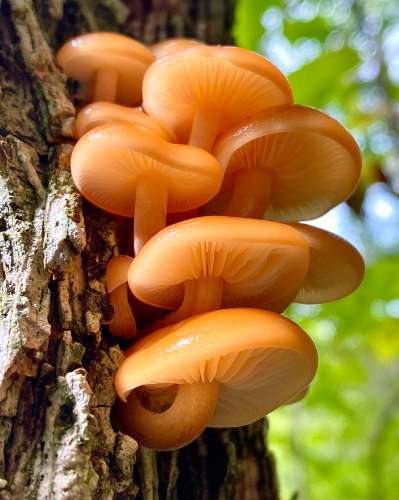
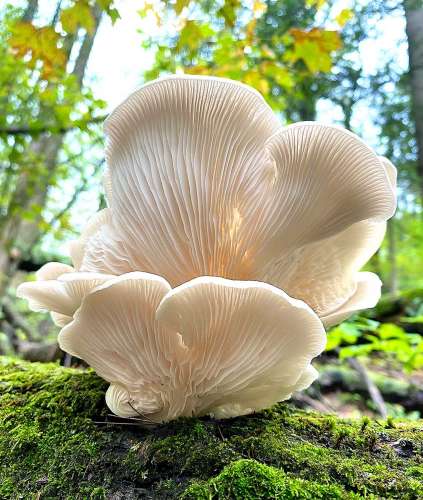


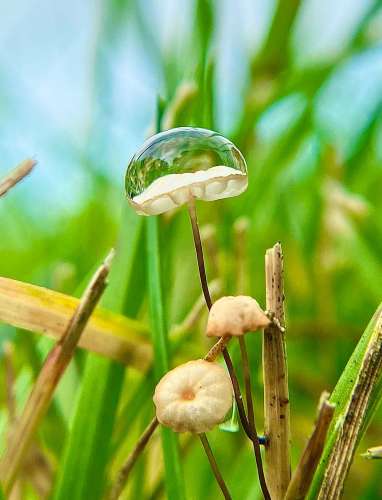
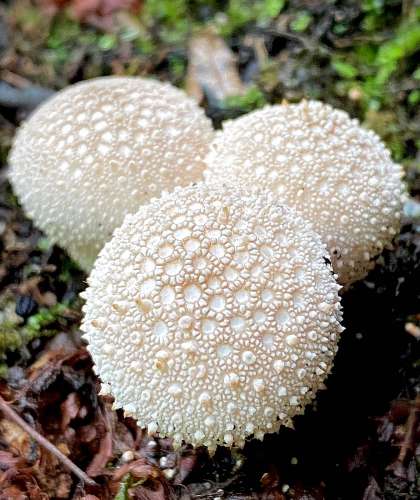
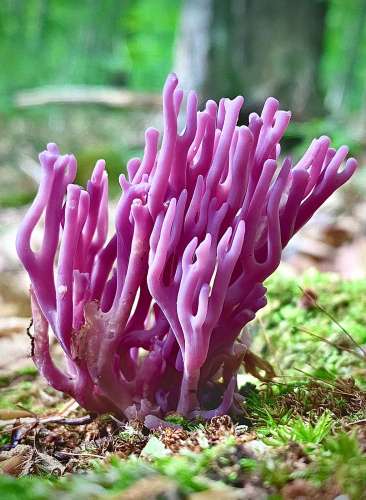
Discussion *